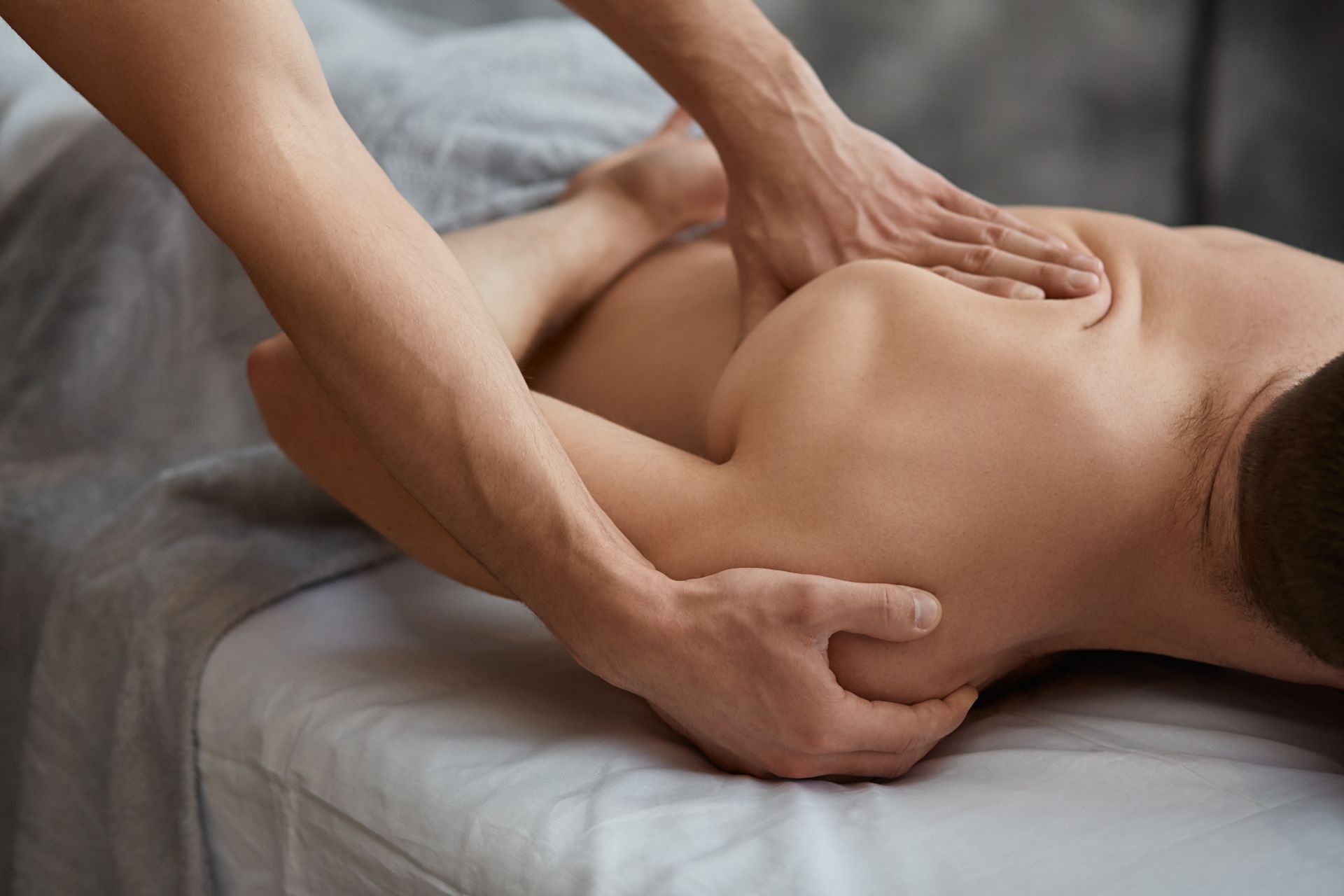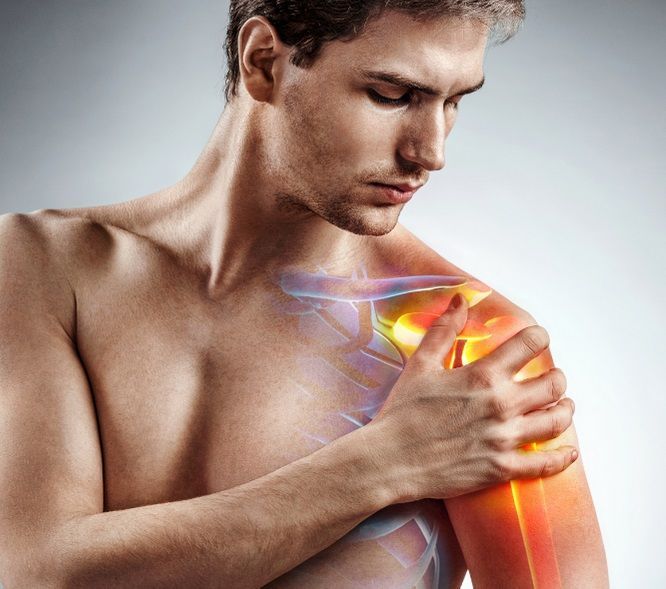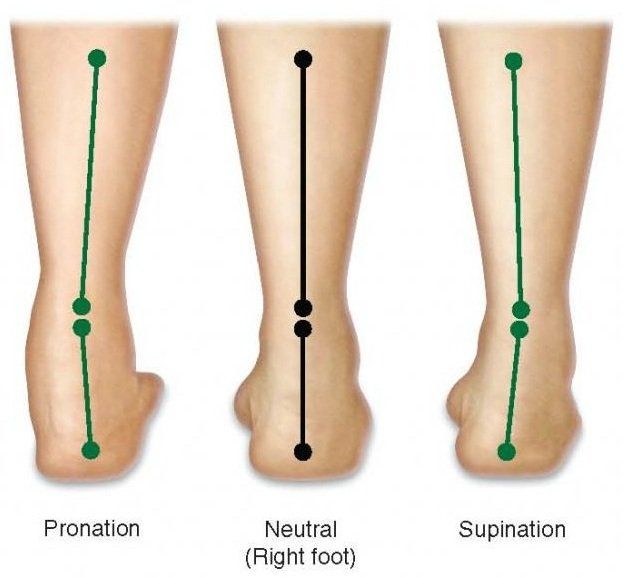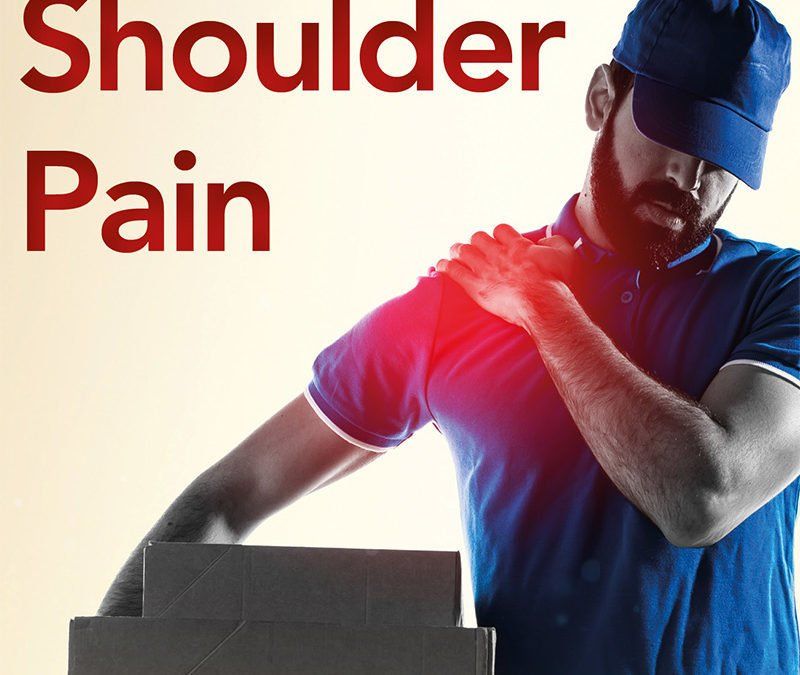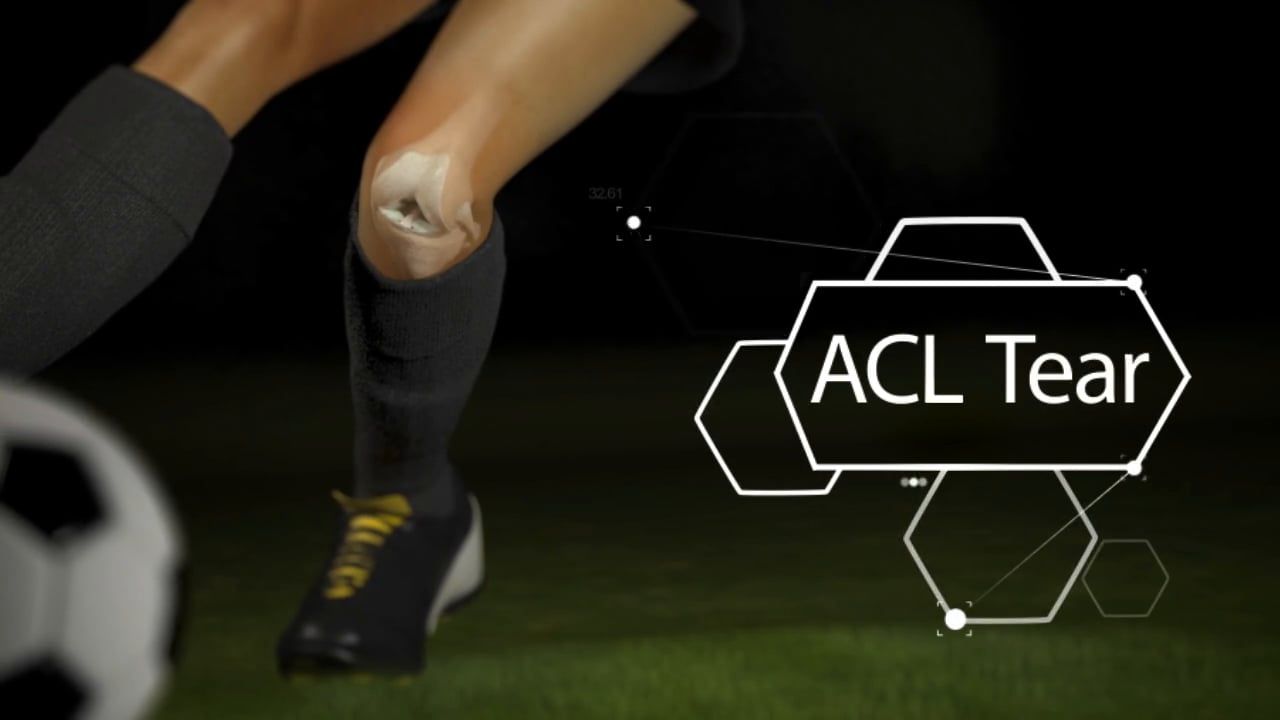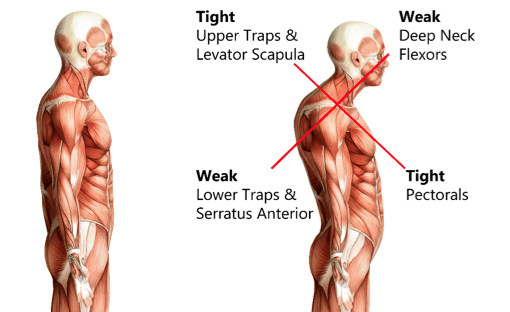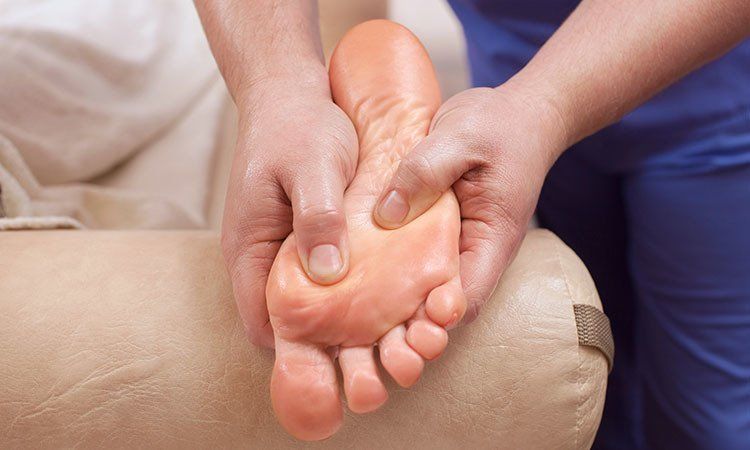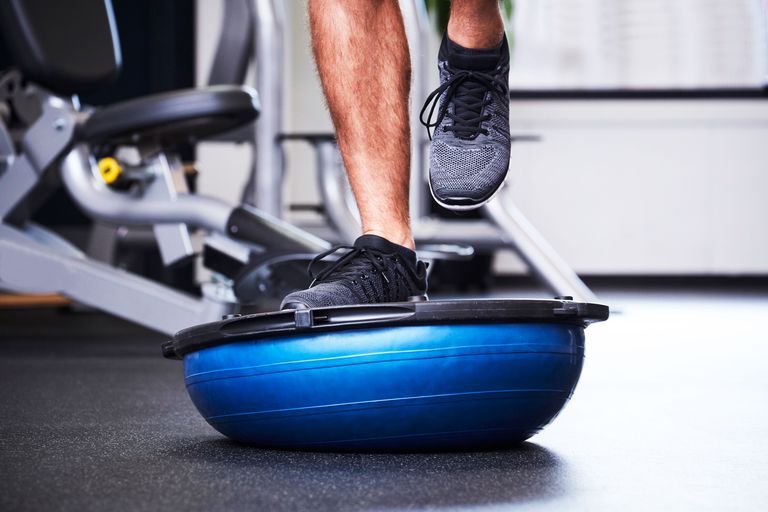Patellofemoral Pain Syndrome (PFPS): Causes, Symptoms, Treatments, and Effective Exercises
Patellofemoral Pain Syndrome (PFPS): Causes, Symptoms, Treatments, and Effective Exercises
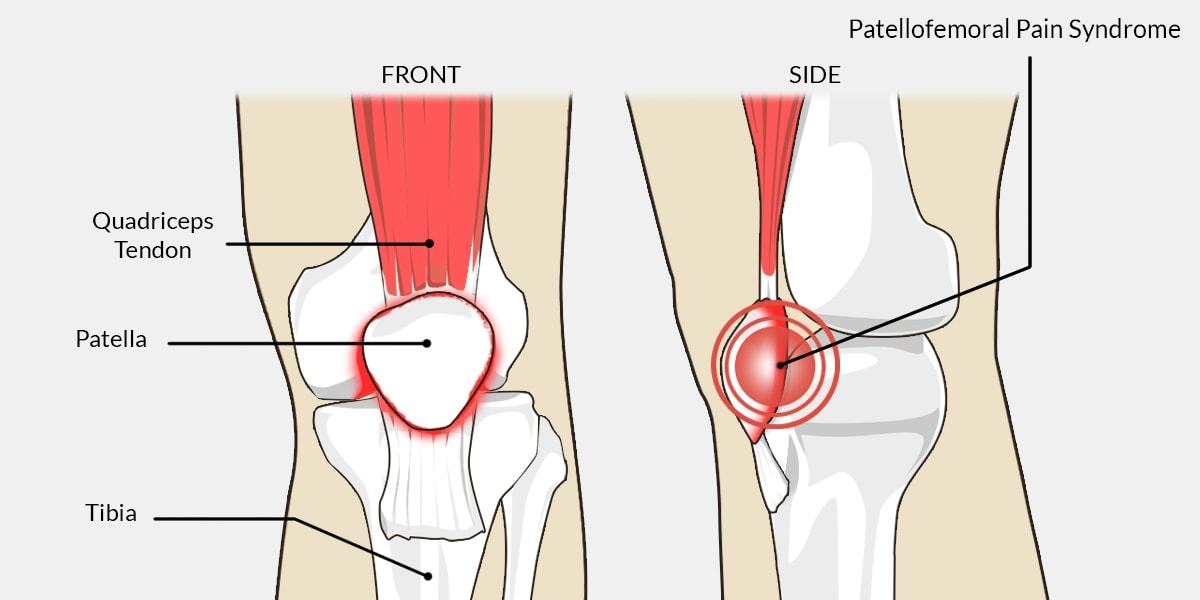
Understanding Patellofemoral Pain Syndrome (PFPS)
Patellofemoral Pain Syndrome, often called runner’s knee, is a frequent cause of pain at the front of the knee. While it’s common among runners, cyclists, and athletes, it can affect anyone, even those with sedentary lifestyles.
At R P Sports Injuries & Wellness Clinic, our team regularly helps clients overcome knee discomfort that limits their training, work, or daily movement. By combining expert assessment with tailored treatment and rehabilitation, we help restore strength, stability, and confidence.
What Causes PFPS?
Research shows that PFPS results from several interrelated factors rather than a single issue. These include:
- Muscle weakness or imbalance – particularly in the quadriceps (especially the vastus medialis oblique), glutes, and hip stabilisers.
- Abnormal knee or hip mechanics – such as inward knee collapse (valgus) or excessive foot pronation.
- Overuse and repetitive movement – frequent running, squatting, or stair climbing without enough rest.
- Rapid increases in training load – sudden intensity or volume changes that stress the patellofemoral joint.
- Tightness in surrounding muscles – including hamstrings, quads, and the iliotibial band.
Recognising Common Symptoms
Typical signs of PFPS include:
- Dull, aching pain around or behind the kneecap.
- Discomfort when climbing stairs, squatting, or kneeling.
- Pain after sitting for long periods (“theatre sign”).
- Clicking, grinding, or mild swelling in the knee.
If these symptoms persist for more than a few weeks, professional assessment is strongly advised to prevent worsening irritation or joint damage.
Proven Treatment Approaches
Our evidence-based care combines
manual therapy,
sports rehabilitation, and
movement correction.
Key components include:
- Sports Massage Therapy – to reduce tension, improve circulation, and ease pain in the surrounding muscles.
- PNF Stretching & Myofascial Release – to improve flexibility and muscle activation patterns.
- Progressive Strengthening – focusing on the quadriceps (particularly VMO), glutes, and hip stabilisers.
- Balance & Neuromuscular Training – to retrain correct knee alignment and movement control.
- Patient Education – helping clients understand triggers, modify activity, and safely return to sport.
Our sports therapists may also use patellar taping, joint mobilisation, or electrotherapy where appropriate, based on individual needs.
Helpful Exercises for PFPS Recovery
These gentle, controlled exercises can aid rehabilitation and strengthen key muscles:
- Straight-Leg Raises – activate the quadriceps without knee strain.
- Clamshells – strengthen hip stabilisers and gluteal muscles.
- Gluteal Stretch – improves hip flexibility and reduces tension.
- Quadriceps Stretch – relieves tightness pulling on the kneecap.
- Mini Squats or Wall Sits (pain-free range) – build endurance and functional strength.
Note: Always consult a qualified sports therapist before beginning new exercises, especially if you experience pain or swelling.
When to Seek Professional Help
Persistent knee pain should never be ignored. Without proper management, PFPS can lead to compensatory movement issues and long-term discomfort.
At R P Sports Injuries & Wellness Clinic, we specialise in Sports Therapy and MSK Injury Rehabilitation, using clinically proven methods to help clients recover quickly and prevent recurrence.
Book Your Knee Pain Assessment Today
Don’t let knee pain hold you back.
Our expert sports therapists in
Manchester City Centre are ready to help you move pain-free again.
✅ Book your consultation online:
www.rehabpro.co.uk/online-booking
📍 Visit us at
R P Sports Injuries & Wellness Clinic, Manchester City Centre
#kneepain #PFPS #patellofemoralpain #runnerknee #sportsinjury #kneecap #rehab #sportsmassage #painrelief #strengthtraining #manchesterclinic #sportsinjuryclinic #rehabilitation
